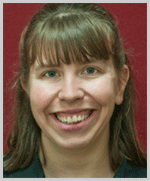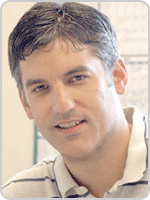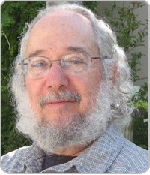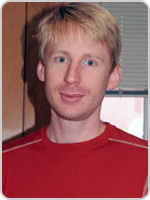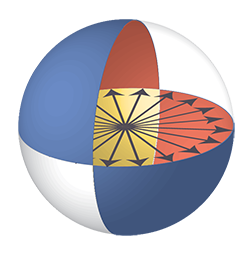CMTC 2014 Fall Symposium
- Details
- Published: Wednesday, November 26 2014 13:14
The Condensed Matter Theory Center (CMTC) recently hosted its 2014 Fall Symposium on campus. For 6 days in November faculty, postdocs and students highlighted the frontier areas of quantum condensed matter theory. The symposium was open to the public and attendees included current and former CMTC members.
The CMTC Fall Symposium, usually a week-long annual event, is held every year in October/November with talks by all CMTC members introducing everybody to the broad intellectual themes being actively pursued by the theorists at the center.
Below is the full list of this year's speakers and talks:
Maissam Barkeshli, Coherent Transmutation of Electrons into Fractionalized Anyons
Edwin Barnes, Robust quantum control using smooth pulses and topological winding
Philip Brydon, Topological superconductivity from phonons?
Meng Cheng, Majorana Zero Modes at the Edge of Integer Quantum Hall States
David Clarke, Artificial anyons in Hybrid Superconductor/Quantum Hall devices
William Cole, Magnetism and superfluidity of spin-orbit coupled bosons in one dimension
Sriram Ganeshan, Quantizing quantum theory with constraints on a set of conjugate variables: A natural formalism for parafermions
Pallab Goswami, Axial anomaly and negative longitudinal magnetoresistance: theory vs. experiment
Johannes Hofmann, Electron interactions in Dirac materials
Hoi Yin Hui, Majorana fermions in a ferromagnetic wire on the surface of a bulk spin-orbit coupled swave superconductor
Jason Kestner, Dynamical correction of two exchange-coupled spin qubits
Xiaopeng Li, Chiral spin superfluidity and spontaneous spin Hall effect in optical lattices
Dong Liu, Probing Majorana Physics in Quantum Dot Shot Noise Experiments
Xin Liu, Universal spin-triplet superconducting correlation of Majorana Fermions
Alejandro Lobos, Magnetic edge-states in strongly interacting one-dimensional topological Kondo insulators
Vlad Manucharyan, Single Cooper pair proximity effect in mesoscopic quantum dots
Stefan Natu, What can we learn from far from equilibrium dynamics in interacting Bose gases?
Jed Pixley, Unconventional Superconductivity near a Kondo Destroyed Quantum Critical Point
Juraj Radic, Stoner ferromagnetism in a thermal pseudospin-1/2 Bose gas Setiawan, Topological Phase Transition in Spin Orbit-Coupled Ultracold Fermi Gas
Diego Rainis, How real is the Majorana? - Critical discussion of the currently available experimental evidence
Bitan Roy, Theory of interacting surface states in cubic topological Kondo insulators
Jay Sau, Smoking gun detection of majorana modes through nonlocal "teleportation"
Tudor Stanescu, Topological Superconductivity in Proximity-Coupled Topological Insulator Nanoribbons
Valentin Stanev, Quasiclassical theory of p-wave nanowires
Robert Throckmorton, Quantum Multicriticality in Bilayer Graphene in the Presence of an Applied Electric Field
Xin Wang, Robust control of a spin qubit using noise-compensating pulses
Jimmy Williams, Quantum Nanoelectronics in Oxides
Justin Wilson, Repulsive Casimir effect between Weyl Semimetals
Yang-Le Wu, Braiding non-Abelian quasiholes in fractional quantum Hall states
